The liquor industry in China is getting younger, propelled by demand from younger consumers looking for more personalized and fashionable low-alcohol beverages, despite initial difficulties in attracting them.
According to the 2024 Youth Drinking Report by Houlang Research Institute, beer remains the top choice for young drinkers, while fruit wine and cocktails account for over 40 percent of market share.
Liquor ranks fourth but is showing signs of rejuvenation, as companies focus on co-branding and product innovation to engage younger audiences.
Leading firms like Luzhou Laojiao and Kweichow Moutai are tapping into the low-alcohol trend popular among post-1990s and post-2000s gene rations.
Luzhou Laojiao reported that sales of its 76 proof Guojiao 1573 now represent half of its total revenue, signaling a sustained shift toward lower-alcohol products.
Similarly, Wuliangye and Yanghe Co Ltd are increasing investments in youth-centric products, with Yanghe targeting 1-2 billion yuan ($136.4-272.8 million) in revenue from its fruit wine project within two to three years.
To cater to younger tastes, liquor companies are expanding beyond traditional products by launching fruit wines and alcoholic teas in collaboration with beverage brands. Examples include Meijian's collaboration with Chabaidao on a "Plum and Green Tea" drink and Luzhou Laojiao's joint gift box with Nayuki Tea.
A report by iiMedia Research predicts that the 18-30 age group will become the second-largest consumer segment for alcoholic beverages in China, accounting for 39.13 percent of the market.
According to Ries China, the youth alcohol consumption market has reached 400 billion yuan, with a potential consumer base of 490 million.
However, capturing this market comes with challenges.
"Despite widespread product promotion, liquor brands must enhance deeper, more diversified consumption scenarios and interactions to change young consumers' perception of liquor," said Cai Xuefei, a liquor marketing analyst.
Cai added that while low-alcohol options are popular, maintaining interest requires a deeper understanding of youth preferences.
Shen Meng, a strategist at Guangke Consulting, echoed similar sentiments.
"Low alcohol is a preference, but not a guarantee of purchase," Shen said.
He said that future growth depends on innovation in taste, stronger consumer loyalty and supply chain improvements to create diverse drinking occasions and encourage repeat purchases.
Meanwhile, the overall liquor market continues to grow steadily.
The China Alcoholic Drinks Association reported a 6 percent year-on-year increase in total output, a 13.8 percent rise in sales revenue, and a 13.1 percent increase in profits during the first half of 2024. The A-share liquor sector posted revenue growth rates of 16 percent, reflecting performance differentiation among listed companies.
The report highlighted strong demand across key price bands — 300-500 yuan, 100-300 yuan, and below 100 yuan.
While premium liquors have maintained stable prices, local brands have faced price pressures, intensifying market competition.
The industry was projected to achieve 800 billion yuan in total sales in 2024, representing a 10 percent year-on-year increase. E-commerce was expected to play a pivotal role in this growth.
"Between 2022 and 2024, the alcohol market on Douyin experienced rapid expansion, with liquor leading the category," said Li Bo, head of e-commerce alcohol imports at Douyin. The platform has attracted 330 million consumers of alcoholic beverages.








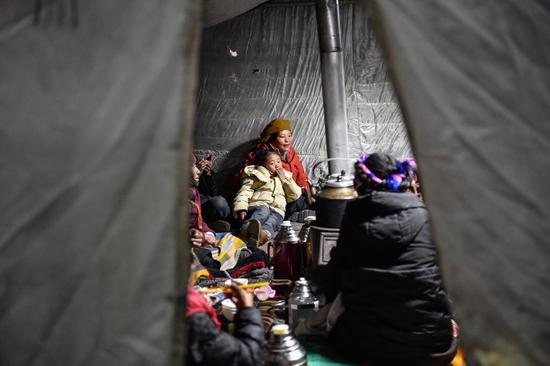

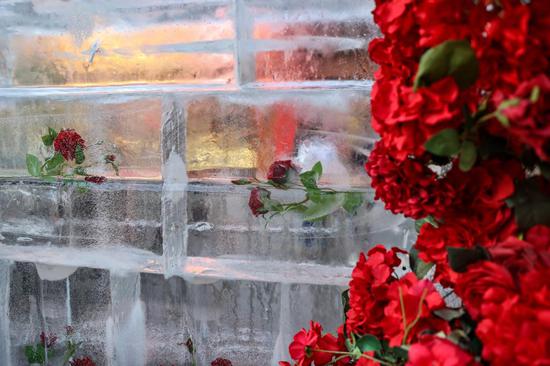
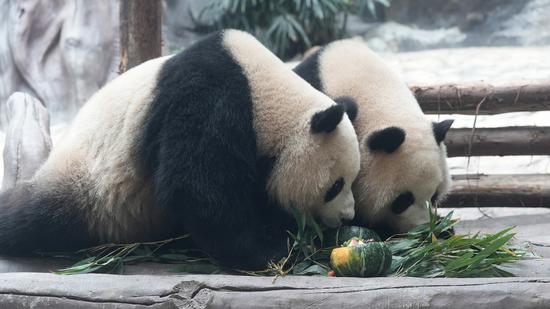


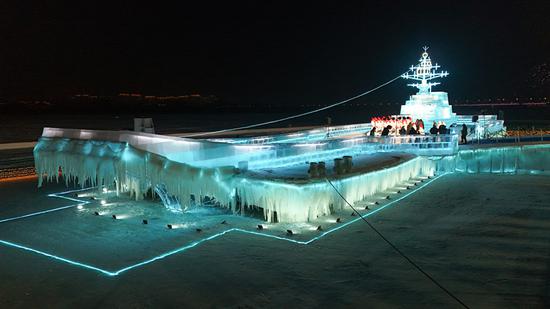



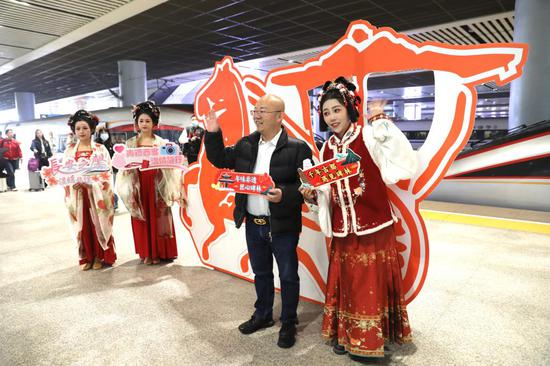
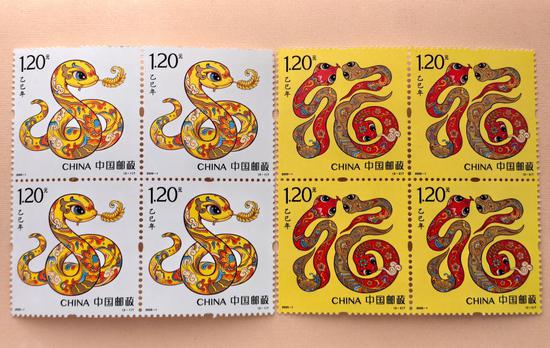



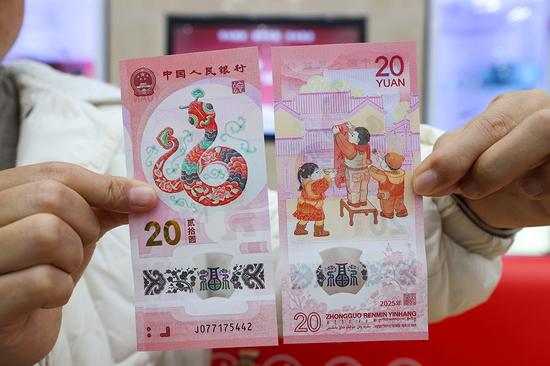


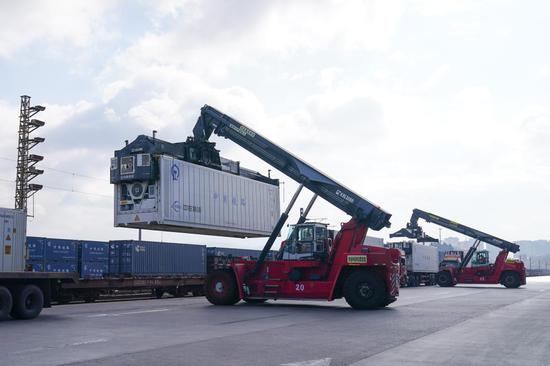



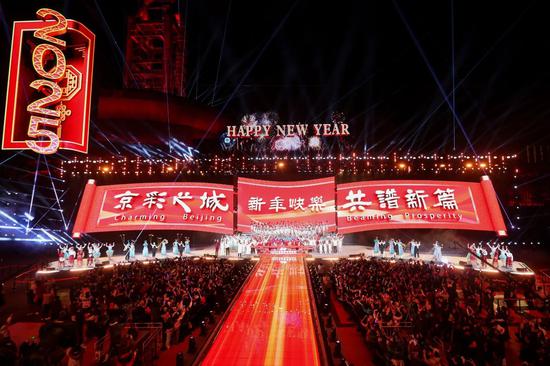



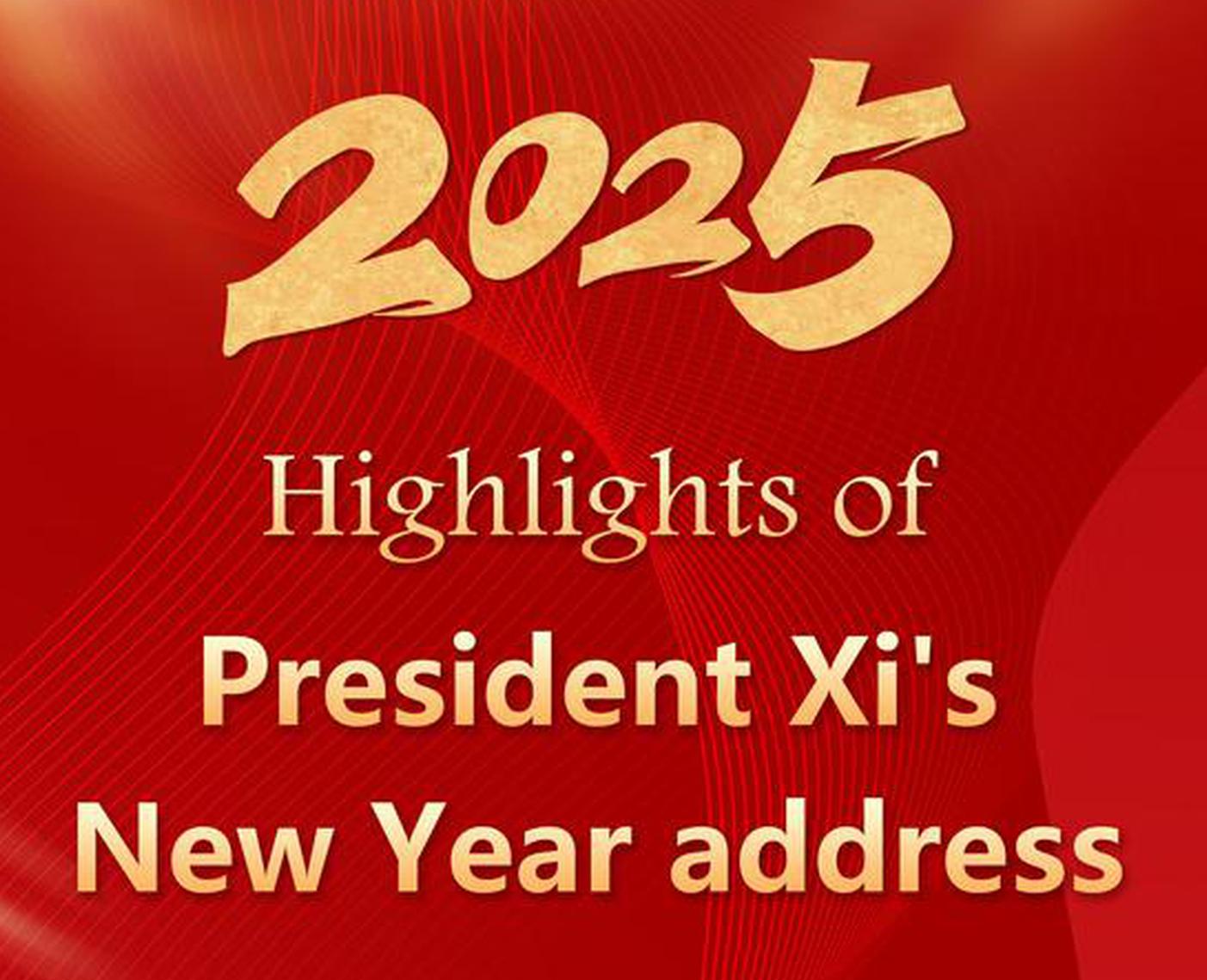

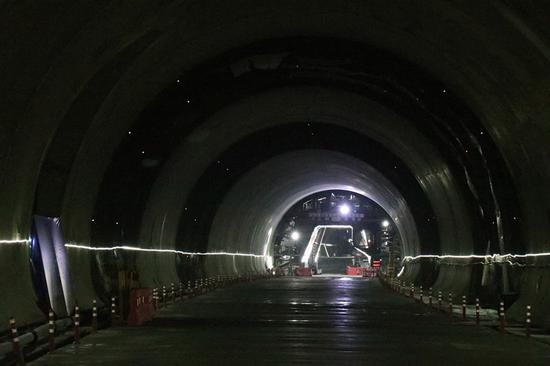


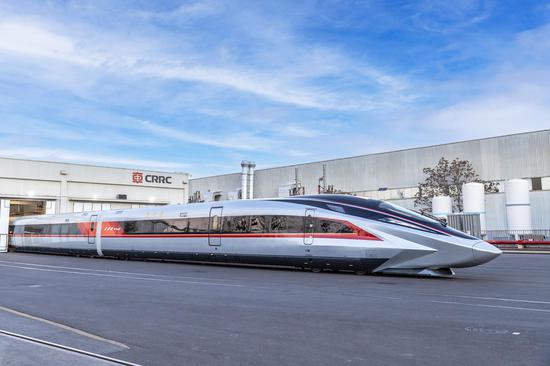

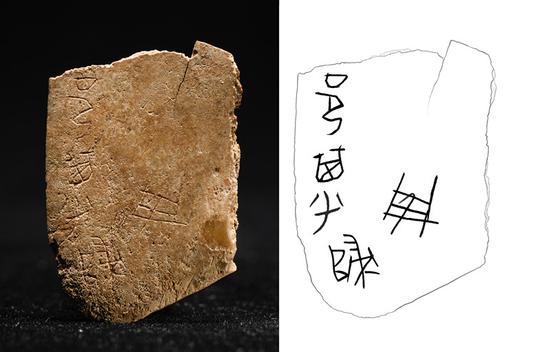
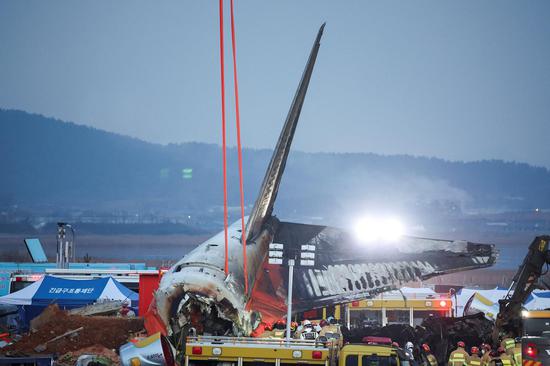
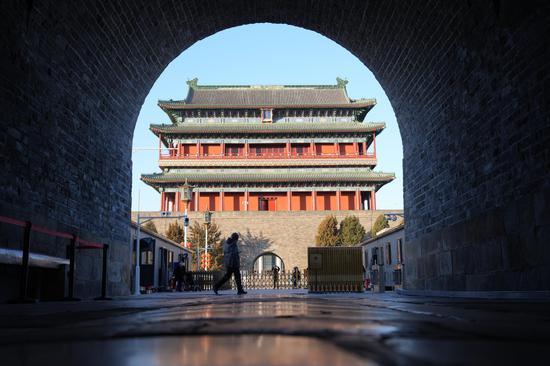
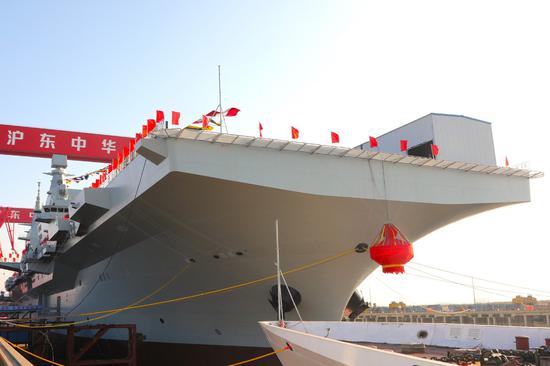





 京公网安备 11010202009201号
京公网安备 11010202009201号